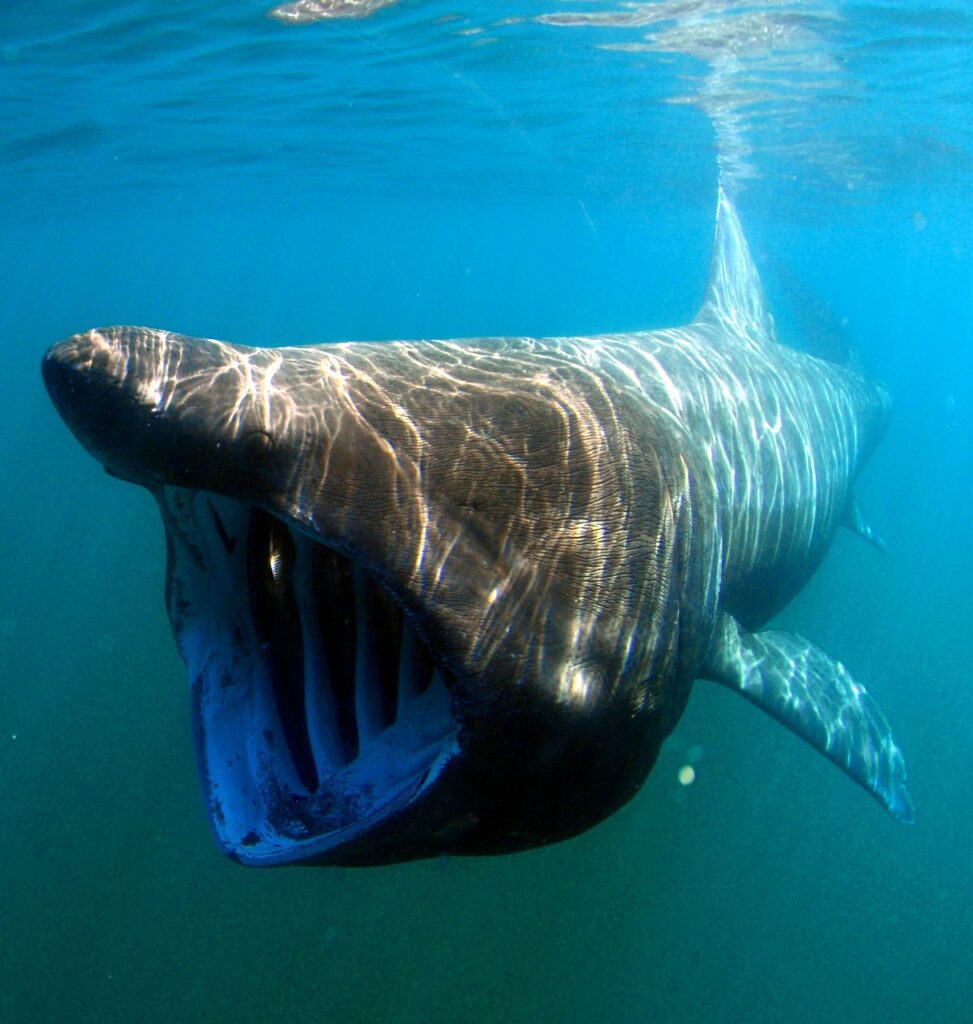Billions of years of evolution have enabled living organisms with the ability to construct a wide array of multiscale material and structural architectures, often exhibiting excellent mechanical performance—an inspiration for high-potential biomimetic solutions. Particularly intriguing are the micro- and nanoscale structures in nature, existing in diverse forms and governing macroscale functions. Even slight alterations in their structural arrangement can significantly impact physics and influence how organisms interact with their environment. My interest lies in exploring this functional μ-morphology and small-scale biomechanical design within both engineering and organism-scale ecological frameworks. This exploration aims not only to unveil the role and multifunctionality of small-scale structures in nature but also to comprehend mechanical ecology and contribute to organism conservation. Furthermore, it aids in the development of innovative, sustainable biomimetic applications. These broad ideas define the theme of my research which follows a curiosity-driven approach to address these ‘big questions’:
1. How does micro/nanoscale mechanical behaviour influence macroscale interactions in nature?
2. How do physical limits affect small-scale biomechanical design in plants and animals?
3. How can these ideas be translated into functional and sustainable biomimetic solutions?
Some of the biological systems and science I explored so far:




Publications
§ shared first author/ * corresponding author
Surapaneni VA*§, Blumer M§, Tadayon K, McIvor A, Redl S, Honis HR, Mollen F, Amini S, Dean M* Blue color of ribbontail ray skin stems from a unique core-shell photonic glass ultrastructure. Advanced Optical Materials, doi: 10.1002/adom.202301909 (FEATURED ON FORBES, ADVANCED SCIENCE NEWS, DAILY TECH NEWS SHOW AND MORE)
Surapaneni VA*, Thielen M, Speck T. On the critical roughness for capillary-force-mediated insect traction: a plant surface perspective, in preparation
Surapaneni VA*, Schindler M, de Faria L, Ziege R, Bidan C, Mollen F, Amini S, Hanna S, Dean M* (2022) Groovy and gnarly: Surface wrinkles as a multifunctional motif for terrestrial and marine environments. Integrative and Comparative Biology, 62:749-761. doi: 10.1093/icb/icac079 (INVITED)
Surapaneni VA*, Aust T, Speck T, Thielen M (2021) Polarity in cuticular ridge development and insect attachment on leaf surfaces of Schismatoglottis calyptrata. Beilstein Journal of Nanotechnology, 12, 1326–1338. doi: 10.3762/ bjnano.12.98
Surapaneni VA*, Bold G, Speck T, Thielen M (2020) Spatiotemporal development of cuticular ridges on leaf surfaces of Hevea brasiliensis alters insect attachment. Royal Society Open Science, 7:201319. doi: 10.1098/rsos.201319 (FEATURED ON SCIENTIFIC AMERICAN AND PHYS.ORG)
Bergmann JB, Maotsou D*, Surapaneni VA, Thielen M, Speck T, Wilts BD*, Steiner U* (2020) Polymerization‐induced wrinkled surfaces with controlled topography as slippery surfaces for Colorado potato beetles. Advanced Materials Interfaces, 7:2000129. doi: 10.1002/admi.202000129
Kumar C§, Palacios A§, Surapaneni VA, Bold G, Thielen M, Licht E, Higham TE, Speck T*, Le Houérou V (2018) Replicating the complexity of natural surfaces: technique validation and applications for biomimetics, ecology and evolution, Philosophical Transactions of the Royal Society A, 377:20180265. doi: 10.1098/rsta.2018.0265
Patents
Kaviti AK, Akkala SR, Pasula N, Surapaneni VA, Submerged nanoporous micro hotspot structure for solar desalination and method of preparation, Patent Office Chennai, India, Feb 2022, appl. no. 202241003900
Surapaneni VA, A method to create robust superhydrophobic/self-cleaning surface, Patent Office Chennai, India, Aug 2019, appl. no.: 201841003238




